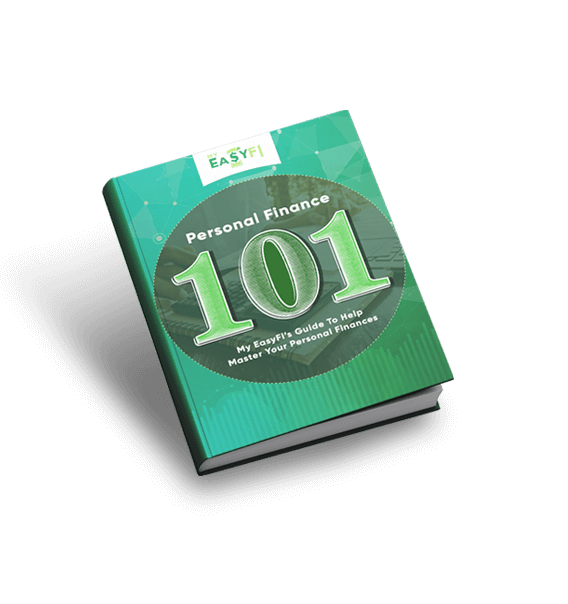A person’s income represents some of their financial resources. Where in limited financial resources, every decision about the use of resources involves an opportunity cost. The opportunity cost is what you subside when you make a choice. It is the most-valued option that you refuse to go with because you chose something else. However, it is your next best option.
One crucial choice that everyone faces is whether to consume goods and services today or later. Spending today brings immediate benefits, and the cost of spending will leave you with less money to buy products and services in the future.
Savings build wealth, enabling you to buy goods and services in the future, perhaps a house, car, college education, or a vacation. The opportunity cost of saving leaves you with less money to use for buying goods and services.
Let’s move forward to read more about the opportunity cost of savings!
What Is Opportunity Cost?
Have you ever faced an opportunity and said to yourself, ‘If I don’t take this chance, I am going to regret it? In a situation like this, where you are deciding amongst several options, there is always a benefit you miss out on associated with the opportunity(s) you don’t take.
This forgotten benefit can be considered a cost related to making your choice, and in the field of finances, it’s referred to as an opportunity of cost. Its simplest definition is:
Opportunity cost is the profit foregone related to the substitute choice when making a decision.
To put it simply, an opportunity cost is a regret you anticipate from not taking another option. For instance, you spend your time studying for an exam; the opportunity cost would be the time you could have spent having fun.
This concept acknowledges the direct costs of a choice and the implicit costs of what you forgo when making that decision. Opportunity cost provides an outline for decision-making to find the most beneficial option.
Formula To Calculate Opportunity Cost
Opportunity cost can be calculated as:
Opportunity Cost = FO – CO
Here,
FO is the value of the foregone option, and
CO is the value of the chosen option
For example, the returns are $50 and $20. For a company, the return would be the profit that it makes from selling the products.
Opportunity Cost In Spending
Have you heard someone say ‘I have already spent…’ to justify why a choice is made? Maybe you have overheard a story of someone going to a concert to see an act. There, they were not that into the pouring rain just because they had bought the ticket and didn’t want to waste them. Or a company persistent to spend money on a failing project because it had already spent a considerable sum on it?
At some point, these individuals had a chance to reevaluate their situation and potentially back out to stabilize their financial management. This submerged cost is the cost you can’t recover regardless of what you do and count as an opportunity cost in spending.
Opportunity Cost In Savings
When we have an opportunity to earn an extra hour’s worth of pay, we often neglect to consider the future value of our prospects. If we work that spare hour and then spend those earnings in the future, it can grow to be worth much more.
There are many examples to discuss, such as ‘skip the coffee.’ Say you spent $5 every day on coffee instead of saving it. Over 20 years, you are not just missing out on the $36,500 you could have saved (365 days x $5 x 20 years).
All this calculation defines opportunity cost in savings. However, if you are still preferring your coffee, then there are many ways to save money.
In A Nutshell
The best opportunity cost is the one that makes you look forward. For this reason, it is best to save and invest your money.
If you are looking for money management software, then contact My EasyFi to track your savings.

